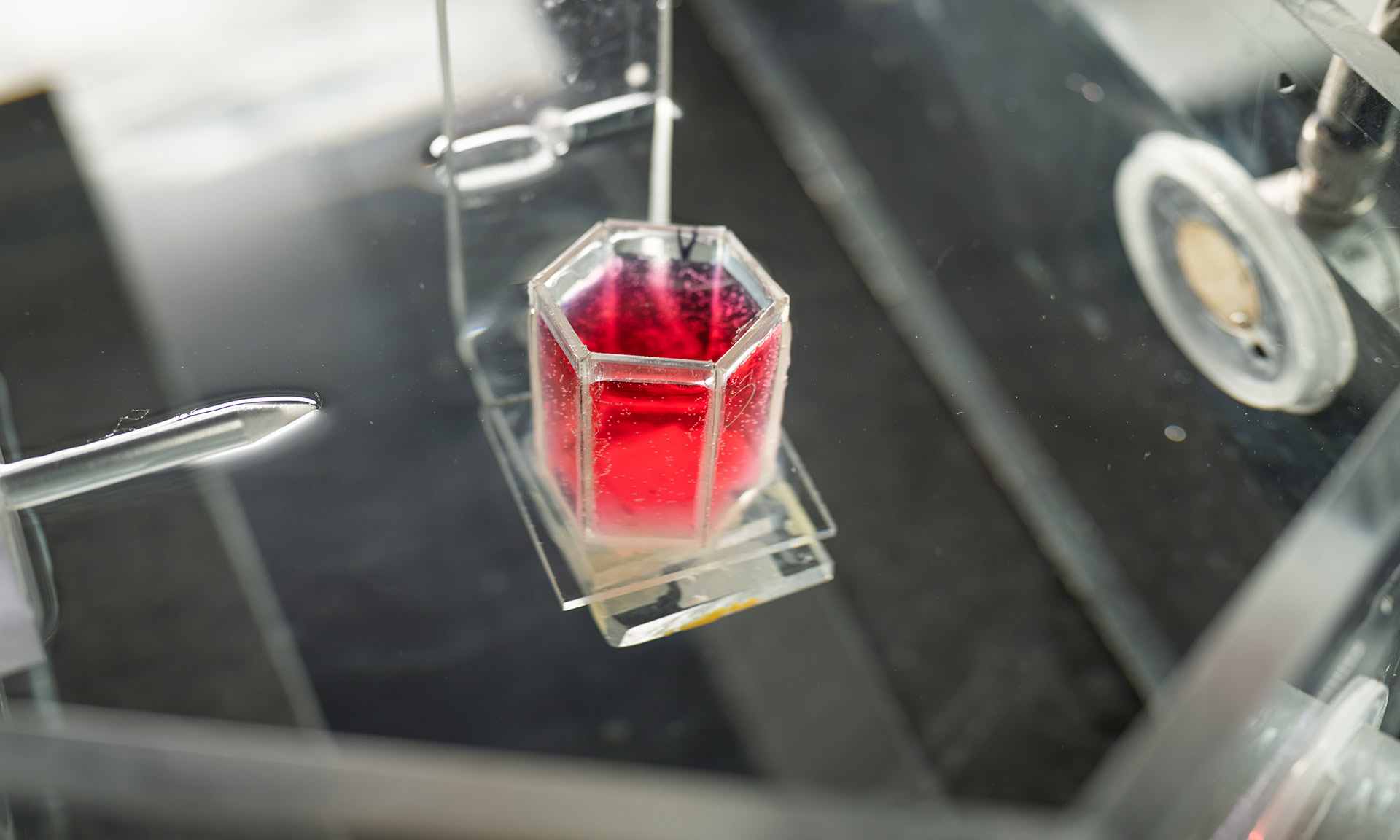Even simple movements require the integration of information from multiple areas of the brain. This process breaks down when brain damage occurs, resulting in neurological disorders.
But what if researchers could find a way to bypass those damaged areas and maintain the flow of information?
Kevin Mazurek, a postdoctoral fellow in the lab of Marc Schieber, professor of neurology, described how the lab is making progress in doing just that. He finished in first place and took the audience prize as well in the Meliora Weekend competition for the Steadman Family Postdoctoral Associate Prize in Interdisciplinary Research.
Mazurek’s prizes were worth $1,250.
Using micro electrical stimulation in primates, “we’ve shown that we can deliver the information successfully to two functionally different areas of the brain,” Mazurek explained. “This is an important first step.”
The next steps in the research, which incorporates neurology, neuroscience, electrical engineering, and biomedical engineering, include expanding the ability to communicate information across a wide reach of brain areas. This could “potentially improve the quality of living for individuals with injuries such as stroke, traumatic brain injury, or Alzheimer’s disease.”
This is the second year of the competition.
It is open to all postdoctoral scholars and appointees in the School of Medicine and Dentistry, and in Arts, Sciences & Engineering. Four prizes are awarded for research that exemplifies the importance of cross- disciplinary approaches toward examining high impact questions of science. Prizes were awarded based on 3-minute oral presentations to a panel of judges.
This year’s topics ranged from “Recent Breakthroughs in Understanding the Brain’s Waste Removal System” to “Catalytic Solar-Driven Generation of H2 in Artificial Photosynthesis” – and the benefits of yoga in helping cancer patients cope with the side affects of chemotherapy.
Second place went to Jeff Tithof of mechanical engineering, and third place to Po-Ju Lin of the PEAK Human Performance Laboratory at the Wilmot Cancer Institute.
‘The research done here is really outstanding, and just from reading these applications it is really exciting to see what’s going on here,” said Stephen Steadman ’64, whose family endowed the competition, and who served as a judge.
The competition is intended to not only recognize the outstanding research done by postdocs, he said, but also to support them in “reaching across different fields” by attending conferences and other research gatherings.
It is appropriate that the Steadman family has endowed the postdoctoral associate prizes in interdisciplinary research awarded during Meliora Weekend.
The family’s strong academic ties to the University of Rochester span multiple generations – and disciplines.
Luville Steadman joined the University of Rochester as an instructor in physics in 1929, and retired in 1970 as a professor of radiation biology.
His wife Elizabeth graduated with a BA degree in chemistry in 1927 at time when very few women studied science at universities.
All three of their sons studied at the University. Kenneth completed an internship and residency in pediatrics and gynecology at the School of Medicine. Bruce received a BS in chemistry and an MS in radiation biology. Stephen received a BS in physics.
Kenneth’s daughter Sharon received an MS in health policy from the medical school.
Elizabeth’s sister Winifed and other relatives also received degrees from the University, and her cousin, Alfreda Hill, was a beloved professor of French here from 1930 to 1966.



